Especially if you have just purchased a new air conditioning system (as I did in my home in Hatboro) maintenance is probably the last thing you are thinking about. In fact, if you are like most people, you do not think about your air conditioning system at all until it does not work when you need it. But if you simply continue to use your air conditioning system without maintaining it, you will be setting yourself up for a lot of problems later on.
Just like your car or any other machine that you run on a regular basis, your air conditioning system requires a regular tune up to keep it running like it is supposed to. The type of air conditioning system you have will dictate exactly how often this maintenance service needs to take place, but most systems benefit greatly from having a tune up once a year.
When you have just purchased an air conditioning system, the last thing you probably want to do is shell out a bunch of extra cash when the system is still running fine. But it really is much cheaper to pay now rather than waiting until you have a problem with your air conditioner to call for service.
During a regular maintenance visit, your technician will examine all of the component parts of your air conditioning system to make sure that they are working the way they should and not showing any signs of excess wear and tear. This is a great way to detect problems early, even when they have not yet begun to show in the air conditioner’s performance.
Your air conditioning technician will also thoroughly clean out your system to ensure that no excess debris is allowed to build up around the coil or other vital parts of the air conditioner. This is important because it helps the air conditioner to continue to function at peak energy efficiency levels. Without regular maintenance, your air conditioner will gradually lose efficiency over time. It will only lose a little bit every year, but if you do not do something to stop it, those little bits will quickly add up.
Regular maintenance also helps to prevent more costly and inconvenient repair visits later on. And it will certainly help to increase the lifespan of your air conditioner as well. Whether you have just purchased an air conditioning system or have had yours for several years, it is never too late to start your annual maintenance visits.

